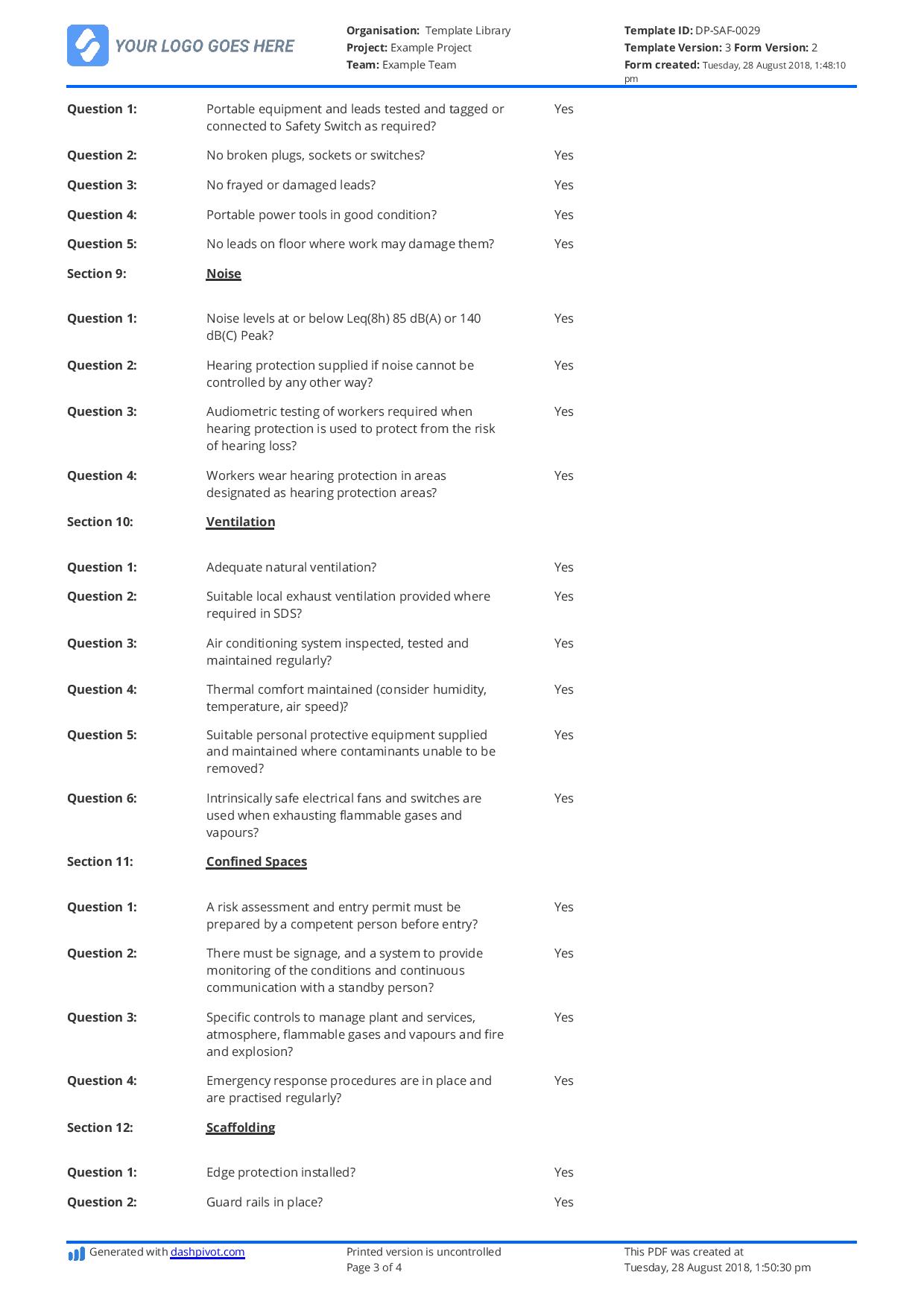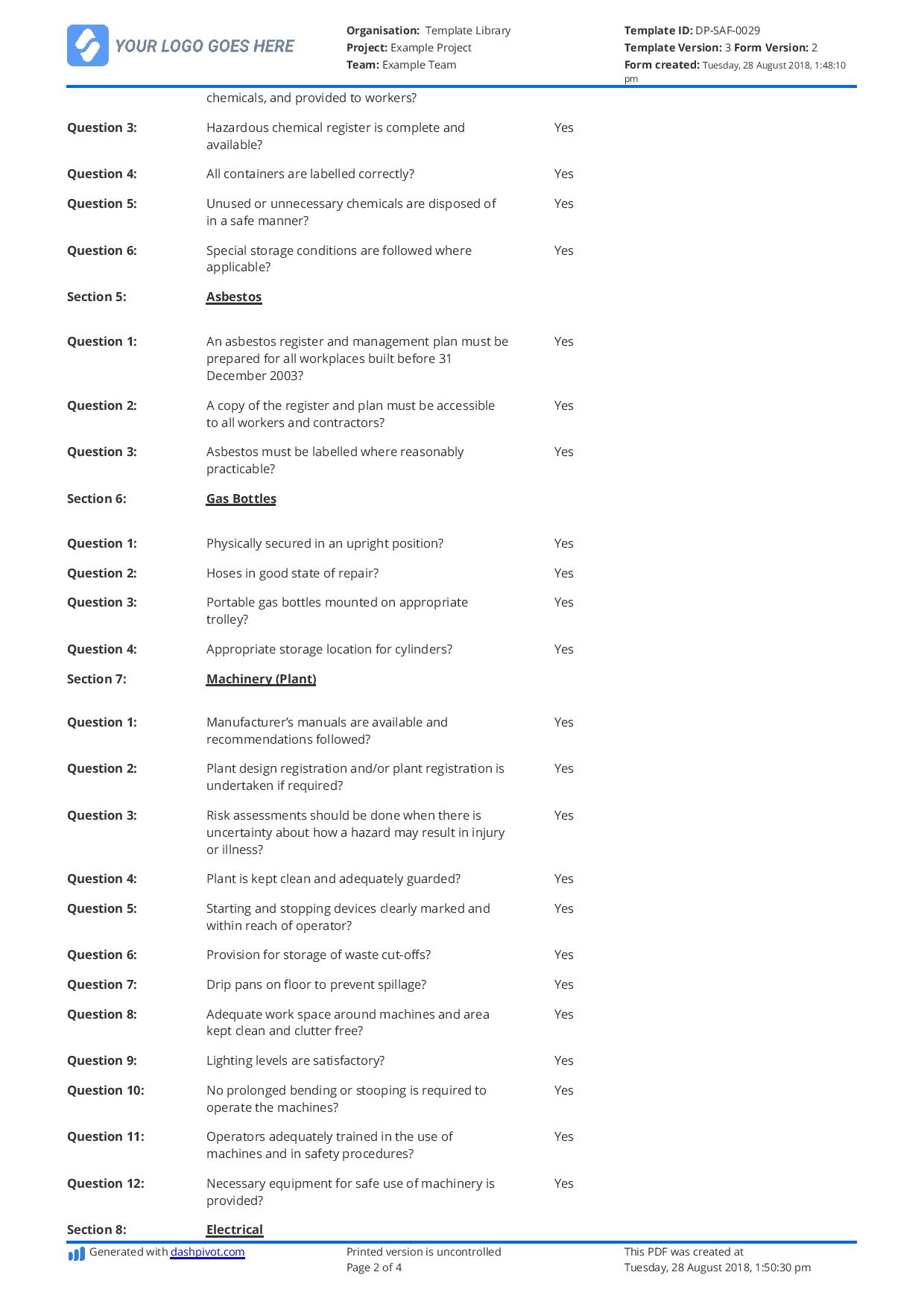Safety – The definition of hazard identification – and how to better manage hazards
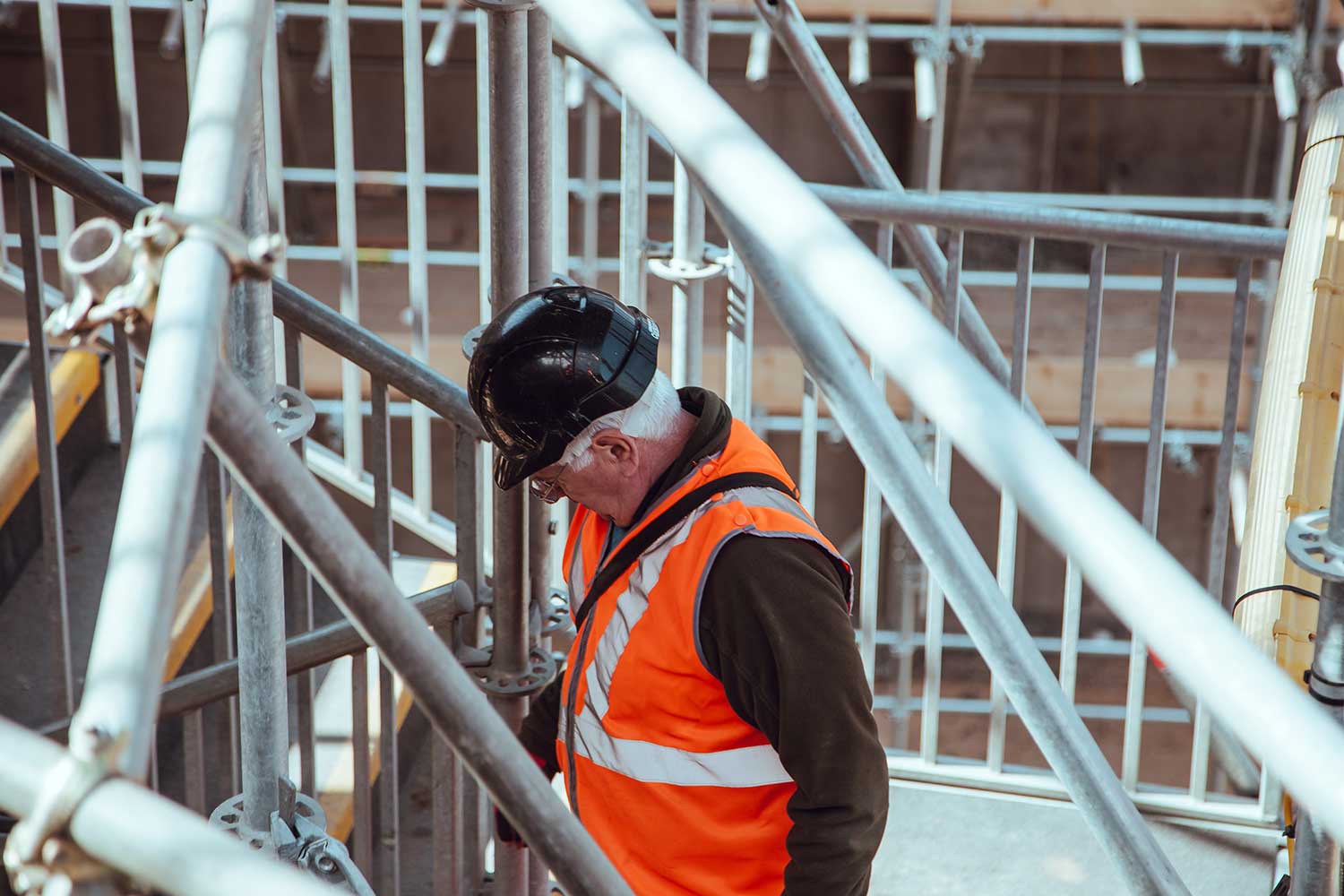
The definition of hazard identification - and how you can better identify hazards
The definition of a hazard
In order to define what hazard identification is, we should start by defining what a hazard is:
A hazard is a source of potential damage, harm or adverse health effects on something or someone.
As we are all too aware, workplaces and particlularly industrial industries sites are a filled with hazards, which can quickly turn into harmful events when not documented, managed and monitored properly.
The definition of hazard identification
The purpose of hazard identification is not simply to 'identify' a hazard, but to record it and document it in a way that brings attention to the hazard and means preventative or mitigating actions are more likely to be taken.
The formal definition of hazard identification is:
Hazard identification is the process of finding and recording possible hazards that are or may be present in the workplace.
Hazard identification is an integral part of the larger safety jobs or safety function, whiich includes consistently assessing the risks in the workplace. A hazard identification checklist and other hazard documentation mechanisms form the basis for risk assessments which are often followed by risk evaluations and risk registers along with hazard controls and hazard investigations.
Two sure ways to improve your hazard identification process
Ensuring that hazards are properly and regularly identified in your workplace is the single most effective way to prevent damages and injuries in the future. Hazard identification is a mostly proactive step to mitigate the need to react to actual incidents which could have been prevented through better hazard identification.
The main point of friction for workplaces must overcome to improve their hazard identification process is to make it easy enough to complete a hazard identification and share it or pass it on that it isn't too hard or time-consuming.
Hazard identification processes which require a lot of paperwork or take a lot discourage people to proactively identify hazards.
You are better off identifying more hazards with less information which can then be reconciled and organised to create prioritisation than not having hazards identified at all.
And remember, the people on site or in the office don't need much encouragement to overlook a potential hazard in favour of continuing work or simply ignoring it completely.
The easiest and quickest way to improve your hazard identification process
Create a simple and flexible hazard identification checklist template or framework
The key to getting your employees or subcontractors (or any humans) to fill out your forms is to make them simple and easy - and there aren't many things easier than a checklist.
While the example hazard identification checklist is comprehensive, you can cater your checklist and pair it down to only include the things that make sense for your workplace, company and projects.
The idea behind a hazard identification checklist is to be super proactive and preemtpive about safety. Rather than wait for a hazard to smack someone in the face (literally), an identification checklist ensures that people actively look for potential hazards before they begin a specific task. Obviously you are not going to make a long checklist manadatory for every activity, but you can create shorter checklists for more common tasks - or simply require a checklist on certain tasks.
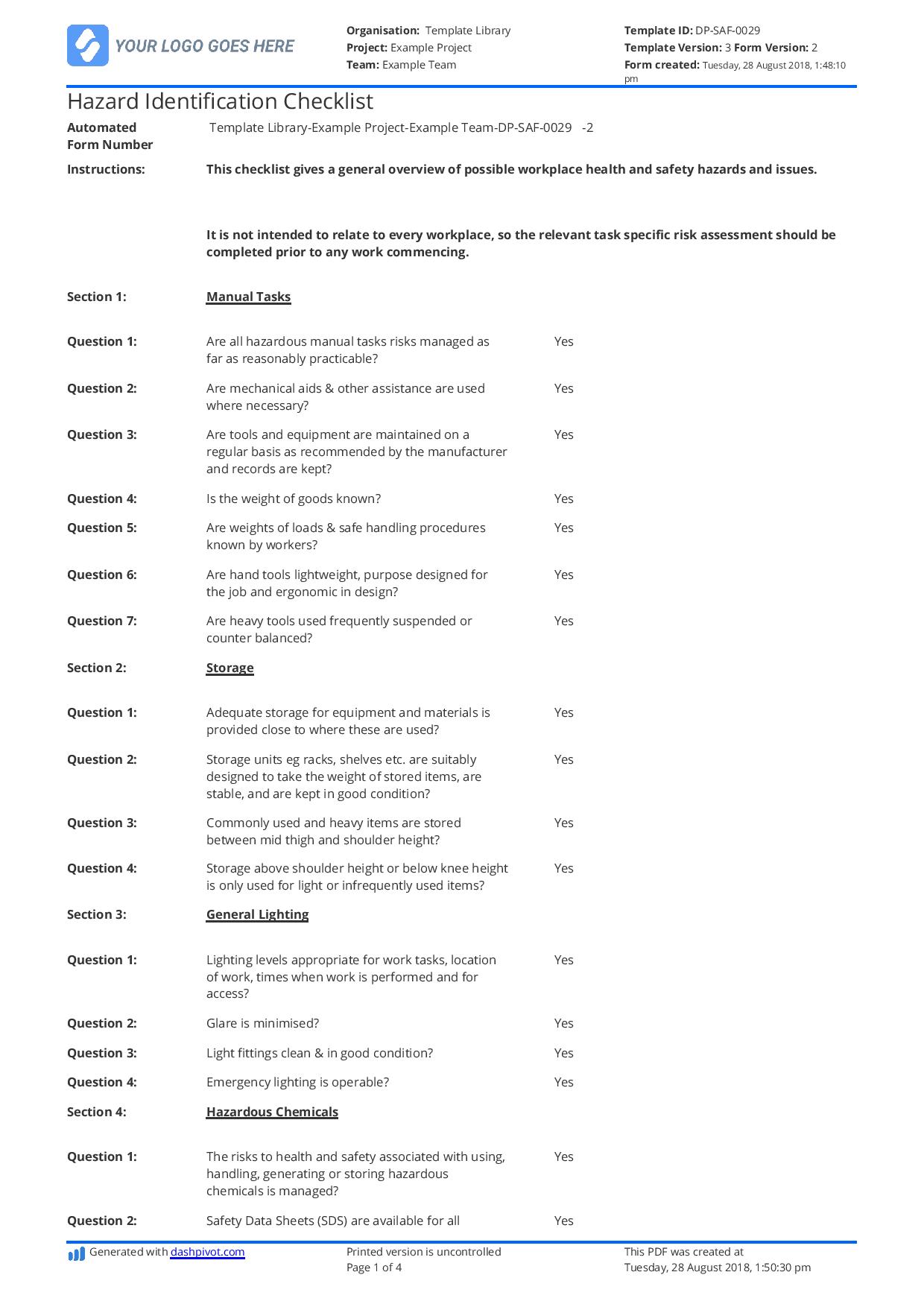
Create a suite of smart digital hazard forms to create a smooth and reliable process
In addition to being proactive with checklists, your hazard report which is created and documented when a hazard is properly identified should also be simple and easy to use. Giving people risk matrices and other colour-coded cues as to what constitutes an urgent hazard makes things easier for people on site - and easier for the people or person prioritising which hazards get rectified.
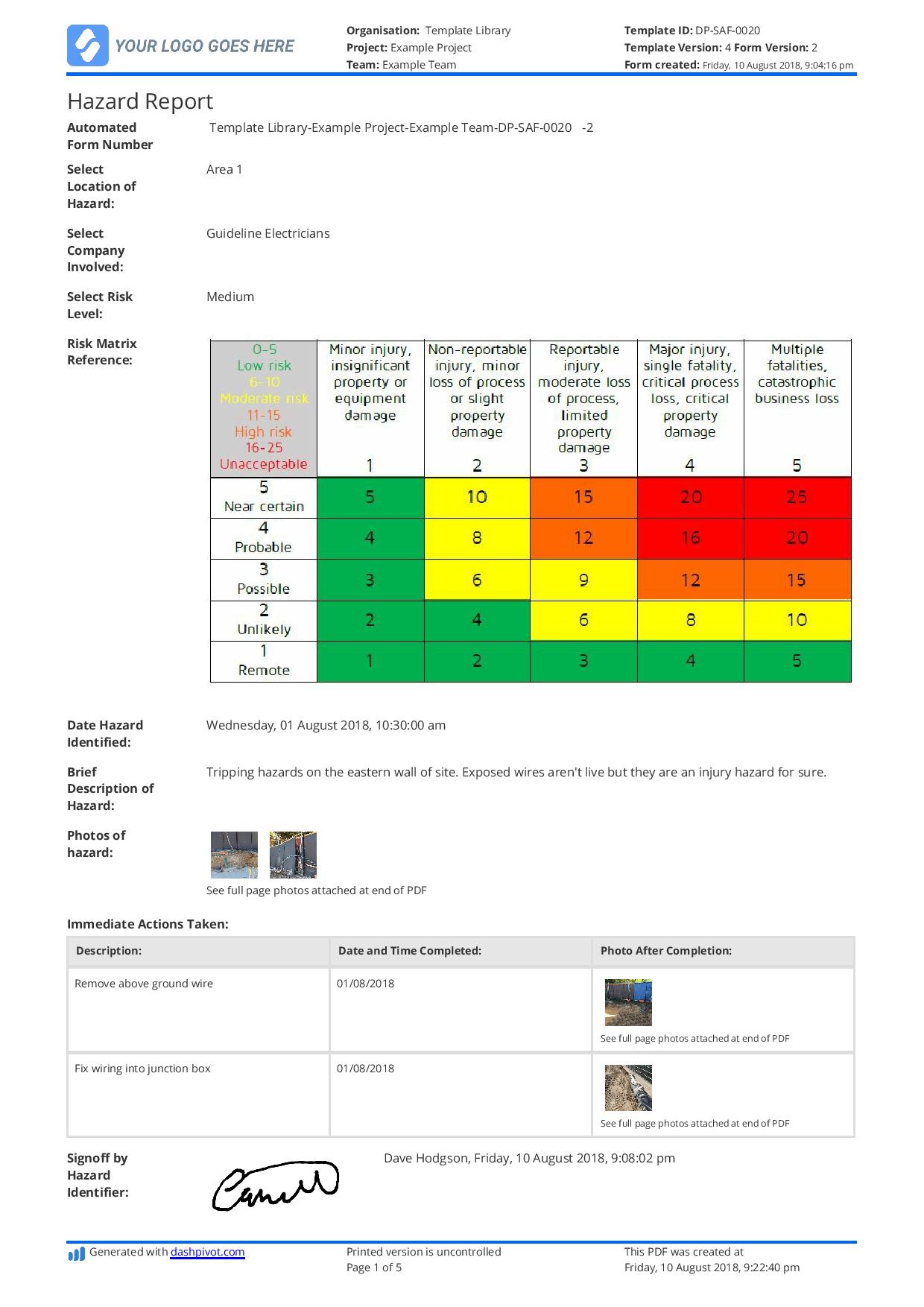
Start using a smart and customisable hazard template for free now.
The really organised and automated way to manage hazard identification
If you really want to streamline your safety operations and hazard identification process, you can take a look at a designated hazard identification tool and safety system.
Hazard identification software enables you to capture and document hazards on mobile or tablet, take photos of hazards on mobile or tablet, automate the hazard approval process with smart notifications and get analytics on hazards and safety performance like the number of hazards identified.
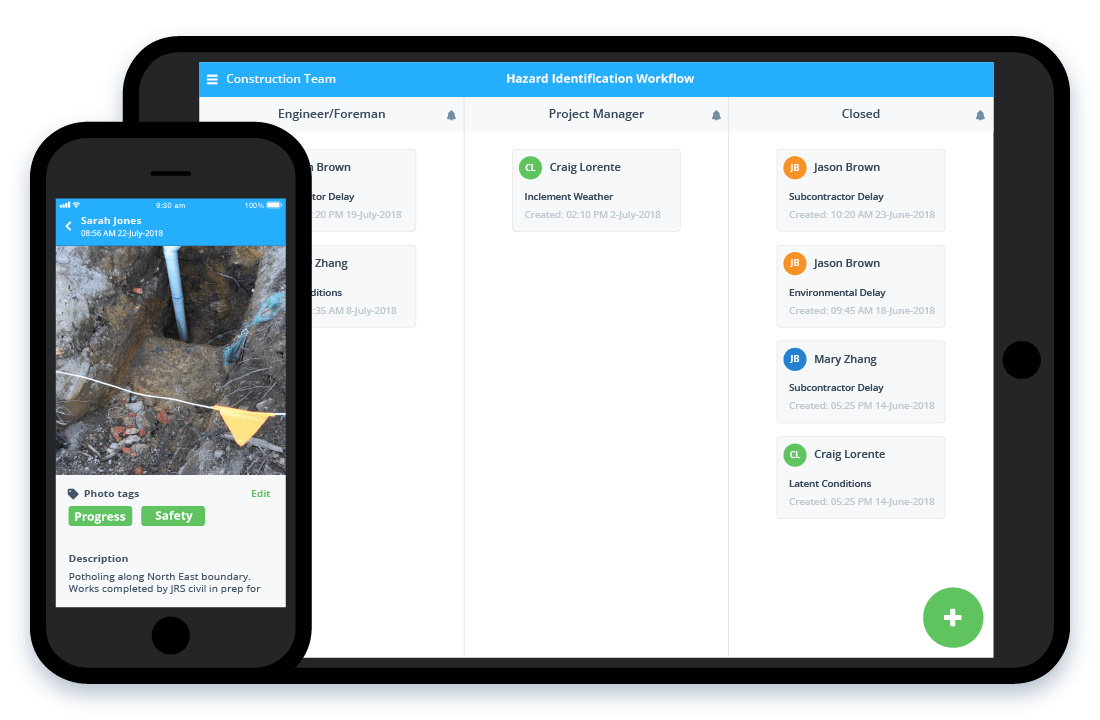
Start identifying and preventing more hazards
Get a taste of the future of hazard identification and safety management with one of our smart templates below.
Hazard identification is a critical part of managing your assets, equipment and most importantly your people.

Hazard Report template
Document and report hazards quickly and thoroughly to keep everyone safe. See the template →
